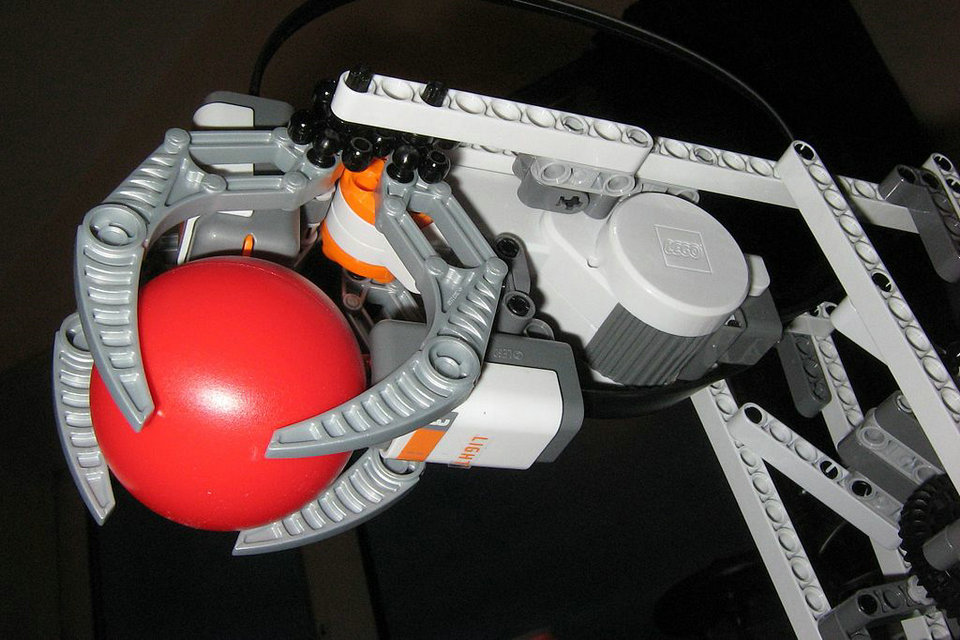Disability robot


A disability robot is a robot designed to help people who have physical disabilities that impede with daily tasks. The field of expertise that creates such robots is called “disability robotics”.
Disability robot has been proven to assist people who are recovering from strokes and people who have abstained injuries that effect their daily tasks.
Research
In 1988 the National Institute of Disability and Rehabilitation Research, NIDRR, awarded Gaulladet University a grant for the project “Robotic finger spelling hand for communication and access to text by deaf-blind persons.” Researchers at the University developed and tested a robotic hand. Although it was never commercialized the concept is relevant for current and future research.
Since this grant, many others have been written. NIDRR funded research appears to be moving from the fabrication of robotic arms that can be used by disabled persons to perform daily activities, to developing robotics that assist with therapy in the hopes of achieving long-term performance gains. If there is success in development of robotics, these mass-marketed products could assist tomorrow’s longer-living elderly individuals enough to postpone nursing home stays. “Jim Osborn, executive director of the Quality of Life Technology Center, recently told a gathering of long-term care providers that if such advances could delay all nursing home admissions by a month, societal savings could be $1 billion monthly.” Shortage of both paid personal assistants and available family members makes artificial assistance a necessity.
Children
Children with severe disabilities can develop learned helplessness, which makes them lose interest in their environment. Robotic arms are used to provide an alternative method to engage in joint play activities. These robotic arms allows children to manipulate real objects in the context of play activities.
Gadgets
Disability robotics is a broad category that includes wheelchairs, robotic arms, and other robotic devices that assist disabled persons of all ability levels. This section will provide examples of the many types of robotic devices used to assist disabled persons.
Wheelchair
Persons with severe disabilities may be assisted with robotic wheelchairs when manual control is not possible. These devices can deter loss of residual skills and frustration. Traditionally wheelchairs either gave control to the person or robot depending on disability level.
Treadmill
Bodyweight-supported treadmill training (BWSTT) are used to enhance walking ability of people with neurological injury. These machines are therapist-assisted devices that are used in the clinical setting, but is limited by the personnel and labor requirements placed on physical therapists. The BWSTT device, and many others like it, assist physical therapists by providing task-specific practice of walking in people following neurological injury.
Source from Wikipedia